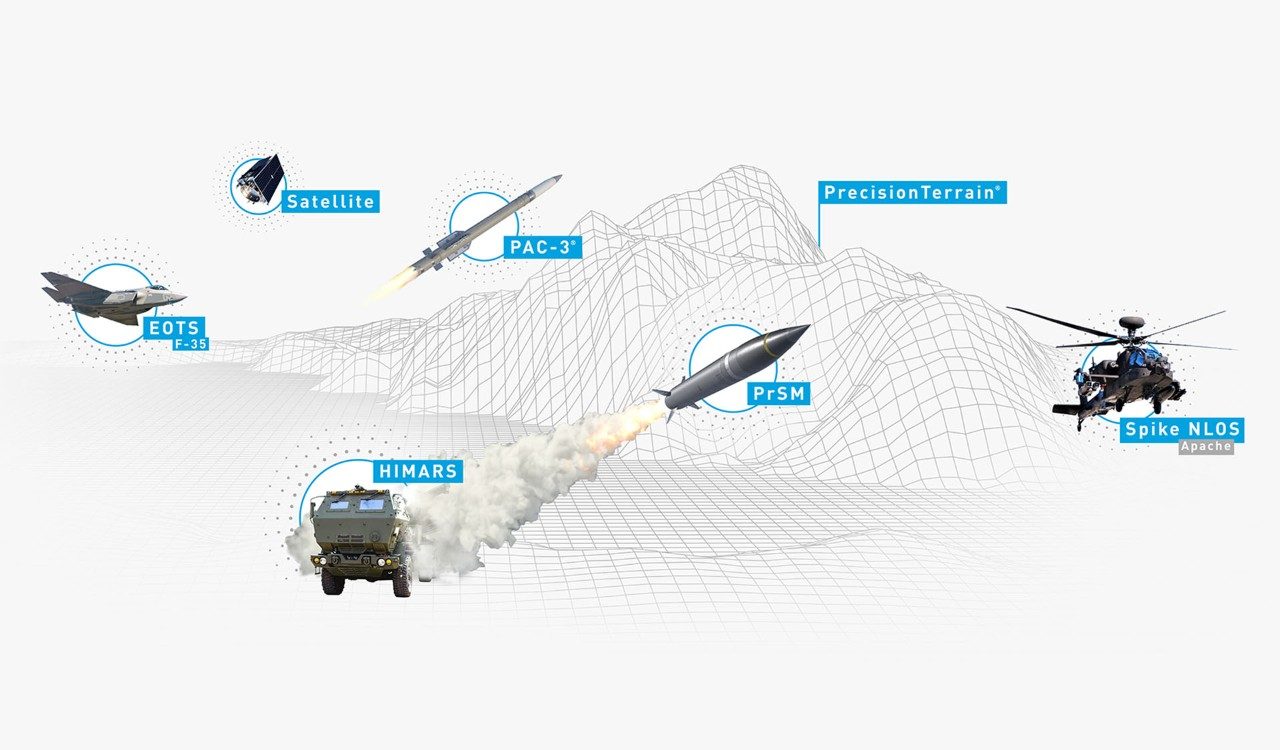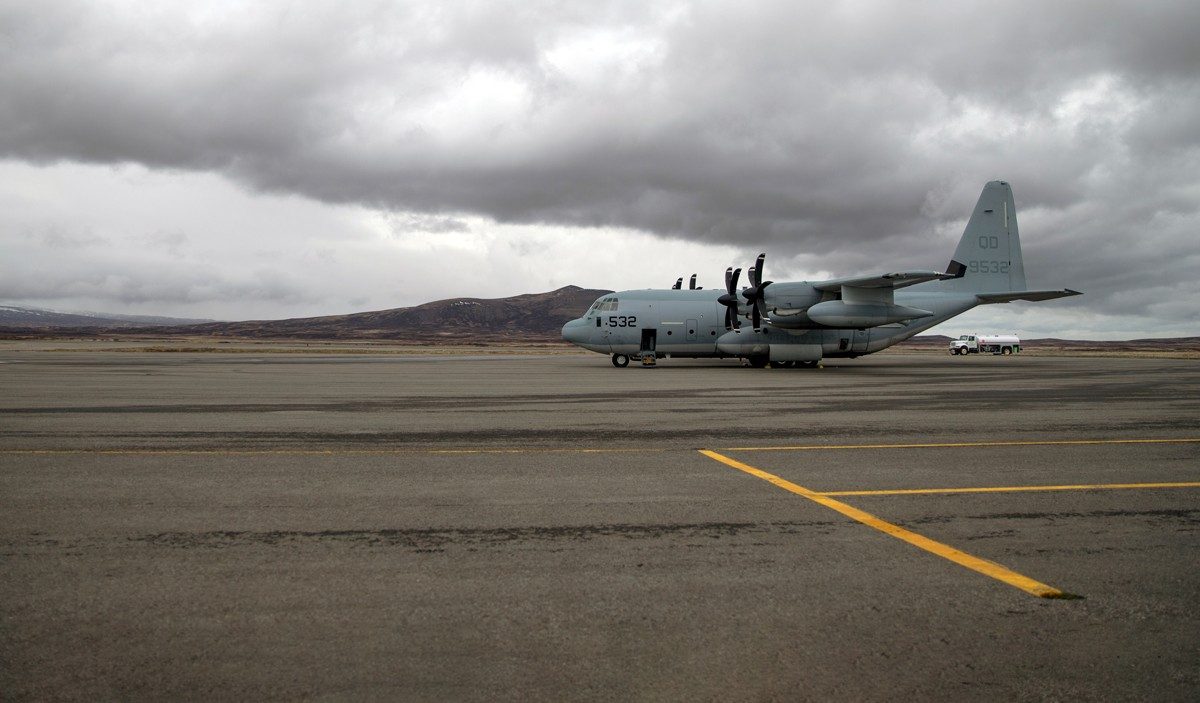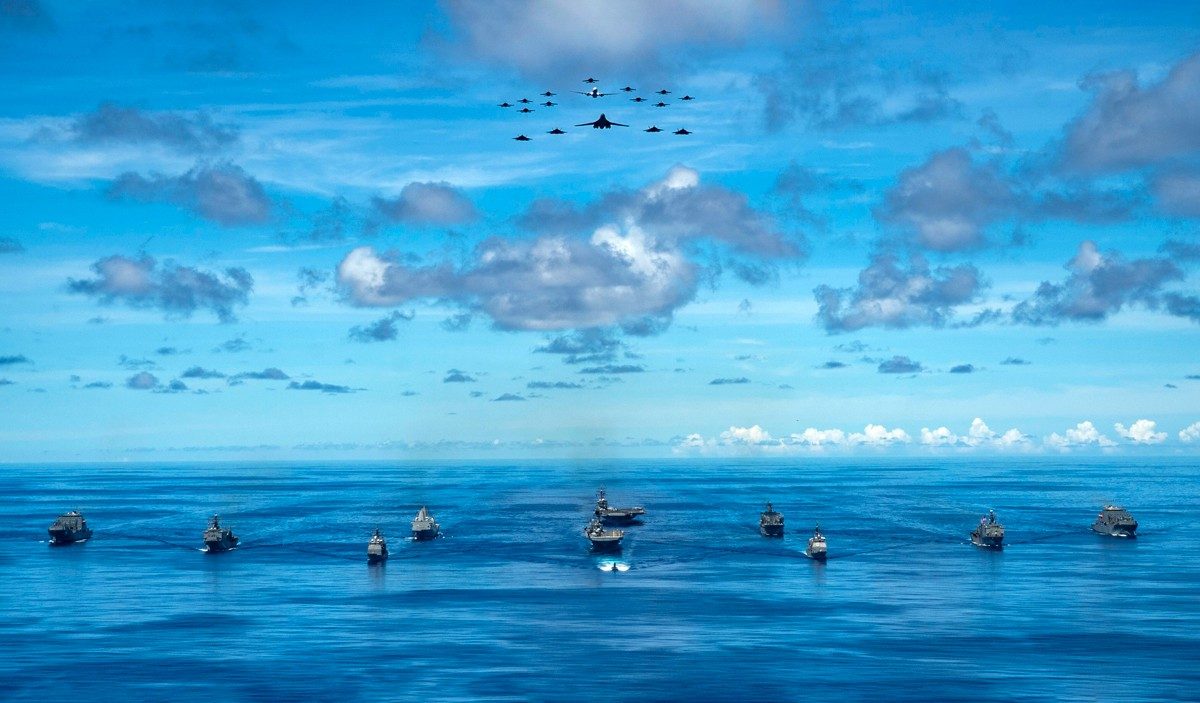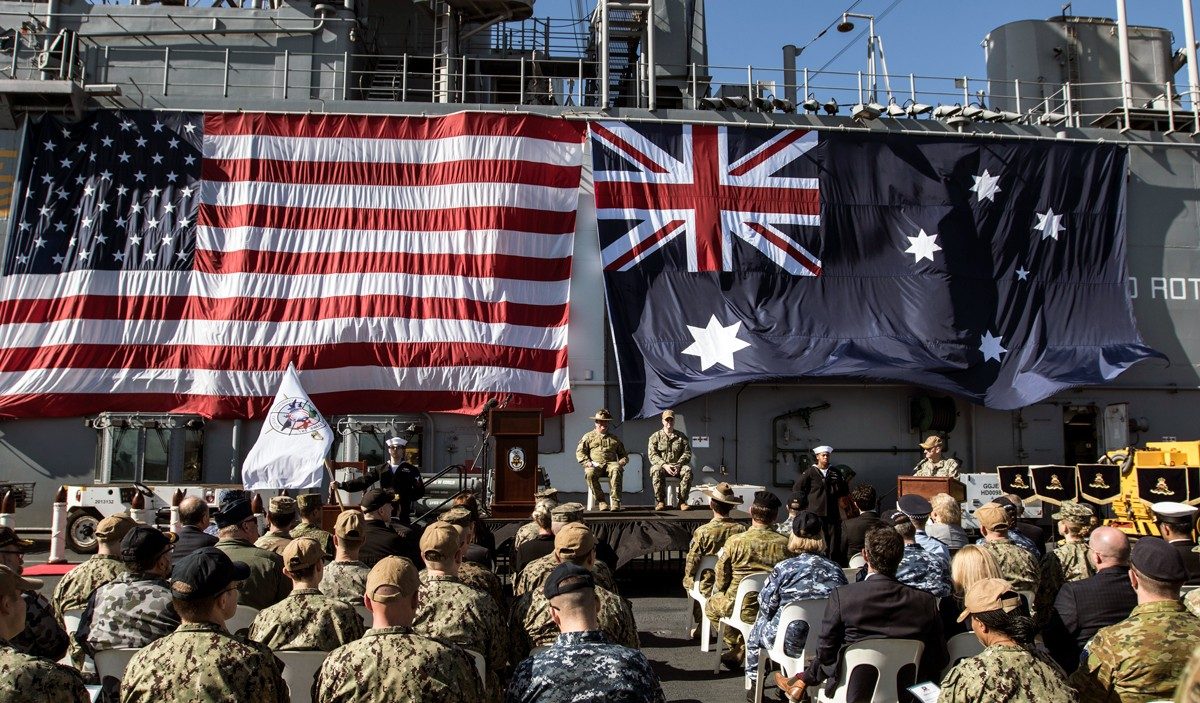A recent joint field training exercise highlighted how military assets can work better together to secure the Indo-Pacific region, which is the most consequential to America's future according to head of U.S. Indo-Pacific Command (INDOPACOM) Admiral John Aquilino.
More than ever, the U.S. Armed Forces and their allies must exhibit a credible military deterrence to ensure stability, peace and prosperity in this region. And the aerospace and defense industry is partnering closely with every military branch to enable a network of advanced systems across all domains that can operated in highly contested environments.
The INDOPACOM-sponsored, Pacific Air Forces-led Northern Edge illustrated how to seamlessly and securely connect all assets in the joint battlespace to enable prompt and decisive action.
Crawl, Walk, Then Run To Make JADO a Reality
INDOPACOM is the largest U.S. geographic combatant command and many military leaders see it as the epicenter of the renewed great power competition. Its territory comprises ocean and land that covers approximately 52 percent of the globe from the west coasts of the U.S. and India and from the Arctic to Antarctica.
JD Gainey, Lockheed Martin’s C4ISR senior manager, has been helping connect the company’s Joint All Domain Operations (JADO) capabilities with INDOPACOM’s solution needs. After serving 22 years in the U.S. Navy, including a tour with the combatant command, his focus is centered around joint all-domain integrated fires, data fusion, and allied inclusion at the strategic and operational levels in the Indo-Pacific.
“Our defense customers talk about the need for a joint all-domain solution that ties together sensors and shooters to allow decision dominance and overmatch,” said Gainey. “This is hard to do on a grand scale. Our approach has been focused on combat mission systems, interfacing them to enhance the kill web, and along the same timelines INDOPACOM requires.”
The result is an accelerated integration between ISR, command and control, and fire control systems that is relevant to INDOPACOM’s warfighting needs. And the key is using artificial intelligence and machine learning in an open standard-driven environment.
According to INDOPACOM officials, their goal is to deliver synchronized lethal and non-lethal effects from near-and-far, every axis, and every domain. Simply put, this means complete connectivity no matter the service, no matter the military asset so that troops can make decisions faster than their adversary.
Using a crawl, walk, run approach through joint exercises, the Lockheed Martin/INDOPACOM team has been advancing solutions to breakdown the stovepipes and make that goal a reality.
By the nature of the DoD’s acquisition program, the services procure capabilities to enable their individual mission sets first and foremost. The resulting stovepipes across the services’ ISR assets, command and control (C2), and fire control systems inhibit the connectivity required to make true JADO into a reality. However, joint exercises and experimentation help solve the connectivity challenges while showcasing the art of the possible when those barriers are removed.
“We must further challenge our current mission systems to help bridge the integration gap between the land, maritime, space, air and cyber domains,” said Gainey. “We are doing this by extracting embedded, residual capabilities and applying them in a non-traditional manner. These are technical solutions we bring to these exercises and it has been well received.”
Bringing a virtualized Aegis Weapon System to enhance land-based fires into the maritime domain is an example of this. Another example is leveraging C2 ground nodes to transfer targeting information to simulated palletized munitions on the back of large cargo aircraft in flight. The F-35, flying at Northern Edge, also provides advanced capability in this area, serving as the most advanced node in a network-centric architecture.
The team is also factoring how space-based capabilities can provide warfighters operating in communications-contested and denied environments access to data. With ready and reliable data, they can perform their missions anywhere in the world when terrestrial systems are unavailable or compromised.
Project Convergence, Valiant Shield, Northern Edge, Talisman Saber Accelerate Fielding of Capabilities

Project Convergence 2021
Project Convergence is the U.S. Army Future Command’s multi-year experiment and demonstration that aims to bring the joint force together into a cohesive network. The exercise leverages a series of joint, multi-domain engagements to integrate artificial intelligence, robotics, and autonomy to improve battlefield situational awareness, connect sensors with shooters, and accelerate the decision-making timeline.
Our Lockheed Martin products play a key role in advancing all-domain operation activities by leveraging fielded capabilities to rapidly bring modernization to the warfighter. Some of the Lockheed Martin products featured in PC21 include: PrSM, F-35, HIMARS, PAC-3, Spike NLOS

Northern Edge 2021
At this year’s Northern Edge, the team’s experimentation progress continued. Lockheed Martin worked with INDOPACOM to include research and development geared toward breaking down those inter-service and cross-industry barriers. Using machine-to-machine interfaces, they connected the Army, the Marines and Navy in a key offensive and defensive fires mission.
In support of the Air Force’s Rapid Dragon program, they also demonstrated the capability to retarget palletized cruise missiles across C2 networks on aircraft in flight. These palletized munitions are designed to be deployed from mobility aircraft to augment cross-domain strike capabilities.
Furthermore, the Air National Guard also demonstrated a new datalink capability within Legion Pod® that allows additional ability to tie IR sensing into the 21st century battlespace.
“There are technical solutions that are mature and ready to be demonstrated in operational environments,” said Gainey. “At Northern Edge, we worked with INDOPACOM to show the ‘before problem’ and a proposed ‘after solution’ in a familiar environment to the warfighter, whether that was in an operations center, on a ship or with an Air and Missile Defense battery.”
Most importantly, all of this happened quickly. Whereas larger programs tend to have months, if not years, of schedule to certify, install and test capability in operational environments, exercises like Northern Edge challenge the service and industry teams to install and test systems in days – sometimes hours.

Valiant Shield 2020
They built onto the success of that demo at Exercise Valiant Shield 2020 for the U.S. Navy, Army, Air Force and Marine Corps. There, the joint team used the virtualized Aegis again. This time, it was used to conduct a joint, multi-domain demo that gave operational and tactical troops shared battle management and C2 capabilities and enhanced situational awareness.

Talisman Saber 2019
Beginning in 2019 with Talisman Saber, Lockheed Martin, in partnership with Ultra, first demonstrated the virtualized Aegis Weapon System to the U.S. Army Multi-Domain Task Force as a near-term solution for combined, joint force connectivity amongst U.S. forces and allies. The Lockheed Martin team worked with INDOPACOM to demonstrate this capability while in Australia – reinforcing the strength of the Australia, U.S. partnership at the bi-lateral exercise.
Build a Little, Test a Little, Learn a Lot
Like Admiral Meyer, the father of Aegis, said “Build a little, test a little, learn a lot.”
“If you look at what we brought to Talisman Saber 2019 to what we brought now to Northern Edge 2021, it is significantly different,” said Gainey. “We learn just as much from field tests as do the warfighters. The best thing we can do is to get capability into the hands of those who will use it to better help them achieve their mission.
Continued experimentation will be key to future success. Lockheed Martin will continue to support INDOPACOM while highlighting 21st Century Warfighting capability through experimentation. The company will participate in the bi-lateral experimentation during Talisman Saber 2021 and upcoming Indo-Pacific-based exercises.
“We’re taking the services’ technology and assets and putting it together in a manner that’s never been done before,” Gainey said. “and linking capabilities together to regain the advantage.”




